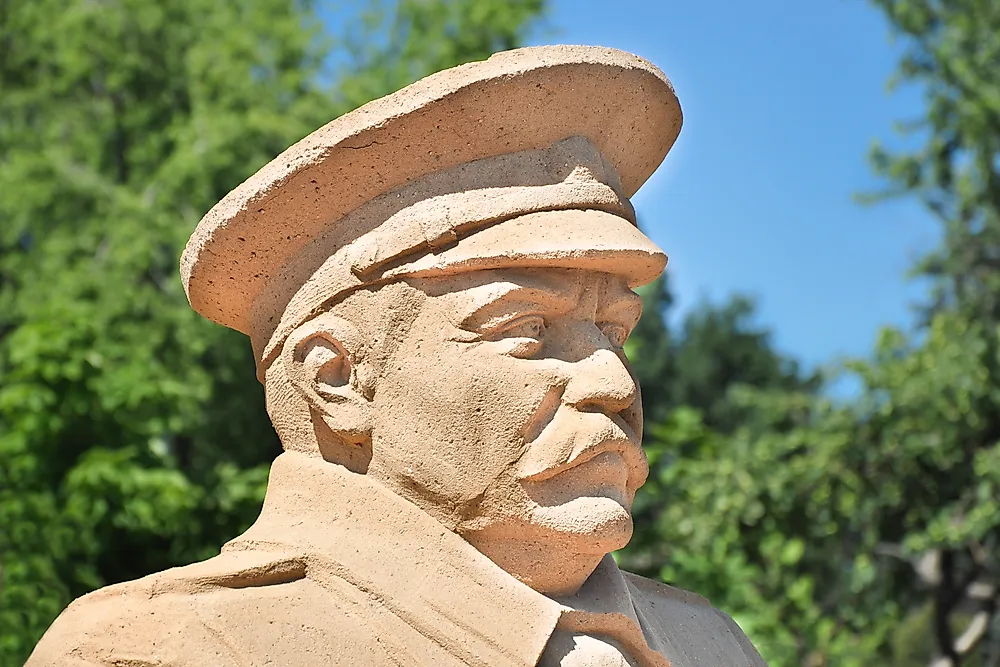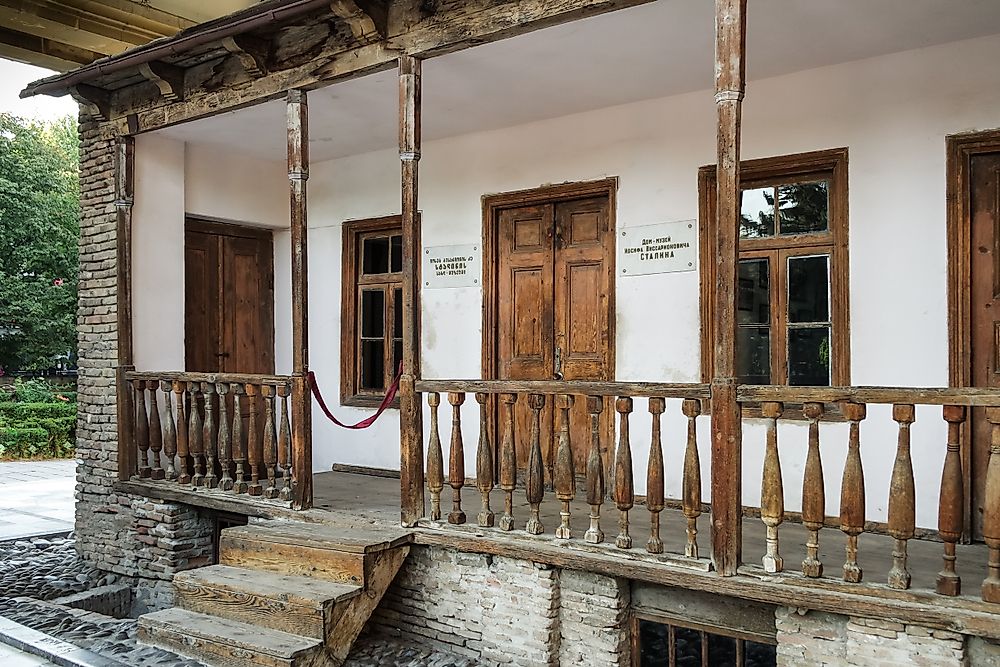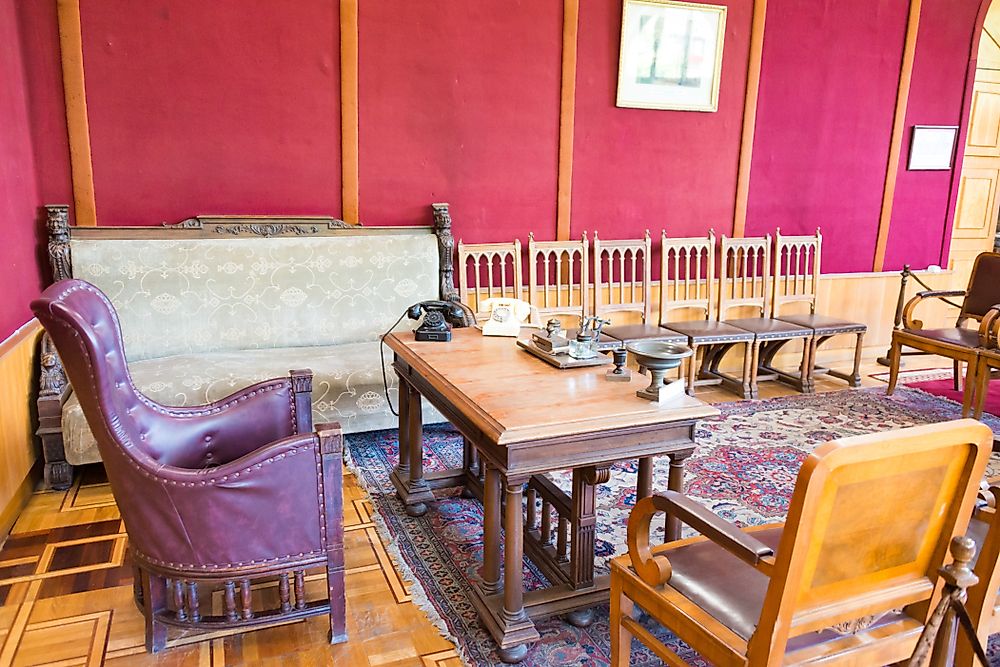Who Was Joseph Stalin? What Did He Do?

He is the man credited for catapulting the former Soviet Union from a dirt poor rural country to a Super Power capable of challenging the United States hegemony. He is also responsible for one of the terrible purges in the history of the USSR that claimed millions of innocent lives. He is called Joseph Stalin, also known as the man of steel.
4. Early Life of Joseph Stalin

Joseph Stalin was born Josef Vissarionovich Djugashvilli on December 18, 1878 in Gori, Georgia. The region was part of the Russian Empire and later on the USSR before it became independent after the collapse of the Soviet Union. Later on in life, the man who was born Josef Djugashvilli would adopt the name Stalin, meaning "Man of Steel" in Russia. Stalin's father was an alcoholic shoemaker who subjected the young Stalin to abuse and often beat him when drunk. As a child, Stalin was afflicted by small pox but eventually recovered. His parents took him to a seminary in Tblisi hoping he would become an Orthodox priest. However, Stalin got expelled in 1899 after failing to observe the rules. He began to flirt with Marxism and later on joined the Bolsheviks who were against the Tsarist regime. Stalin was captured by Tsarist secret police and imprisoned in Siberia on account of his activities in organizing strikes and rebellions.
3. Rise to Power
When the Bolsheviks managed to capture power in 1917, Stalin was released from prison to take up the post of Secretary General of the Central Committee in 1922. As the General Secretary, he built his power base while marking out the potential rivals and those who looked down on him since he was not as educated as his fellow colleagues in Lenin's Government. He harbored a dislike in particular for a man named Trotsky, a Marxist who opposed Stalinism. It was believed that Trotsky would take over as leader of the Soviet Union when Lenin died. However, when Lenin died in 1924, Stalin succeeded him and took the reigns of power. Stalin's first act after becoming leader was to expel his rivals, including Trotsky in 1929. Stalin had Trotsky assassinated in Mexico in 1940.
2. Stalinism

The actions that Stalin took in the Soviet Union are sometimes referred to as "Stalinism". Some of these things included:
- Three "five-year-plans" that took place between 1928 and 1941 and were designed to expel capitalism from the Soviet Union and create a centralized farming community (called "collectivization"). The plans also called for a quick industrialization of the country.
- Phasing out the market economy to replace it with a planned economy.
- Expand Soviet armed forces and equip them with effective weapons made from Soviet industries including the iconic AK-47.
The USSR developed their first atomic bomb under Stalin. They were also successful in spreading Soviet Communism to its eastern neighbors including Yugoslavia, Poland and others, creating a "buffer zone" between the USSR and Western Europe. Stalin also gave military aid to communist countries like China and North Korea during the Korean War of 1950-53.
Stalin is a controversial ruler in history. His rule had some devastating consequences for the people of the Soviet Union, including:
- Workers who failed productivity targets were sent to work camps (called gulags) or even executed.
- His attempt at mass farming resulted in famine, which caused the deaths of millions of people.
- He renamed the city "Volgograd" to "Stalingrad" (much like Lenin had done with Saint Petersburg, which he called "Leningrad").
- Stalin ruled as a dictator. His portrait hung across homes and public spaces across the Soviet Union.
- In World War Two, the Soviet Union suffered devastating losses at the hands of Nazi Germany at Operation Barbarossa. Many blame the cutbacks that Stalin had made to the Red Army's underperformance and defeat.
1. How Did Joseph Stalin Die?
A stroke in 1953 killed Josef Stalin while he was alone in his Dacha on March 5, 1953. However, some historians claim that Stalin did not die of a stroke and was actually poisoned. His death was announced by the state broadcaster and embalming was done to preserve his body. Even in death, Stalin still caused terror and death when a stampede killed hundreds of people who turned up to see his body that was lying in state in the House of Unions. He was buried at the Lenin Masoleum and Nikita Khrushchev took over, changing many of the policies that Stalin had put in place. This process was known as "de-Stalinization".











